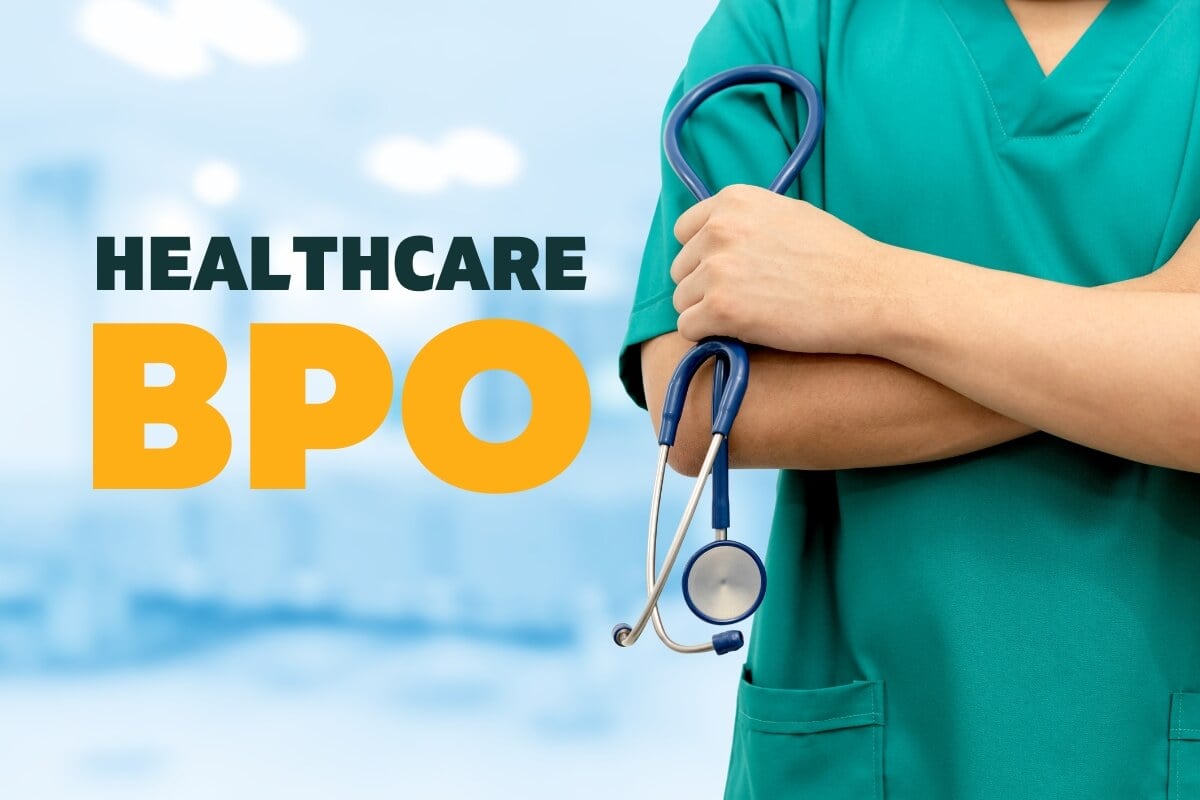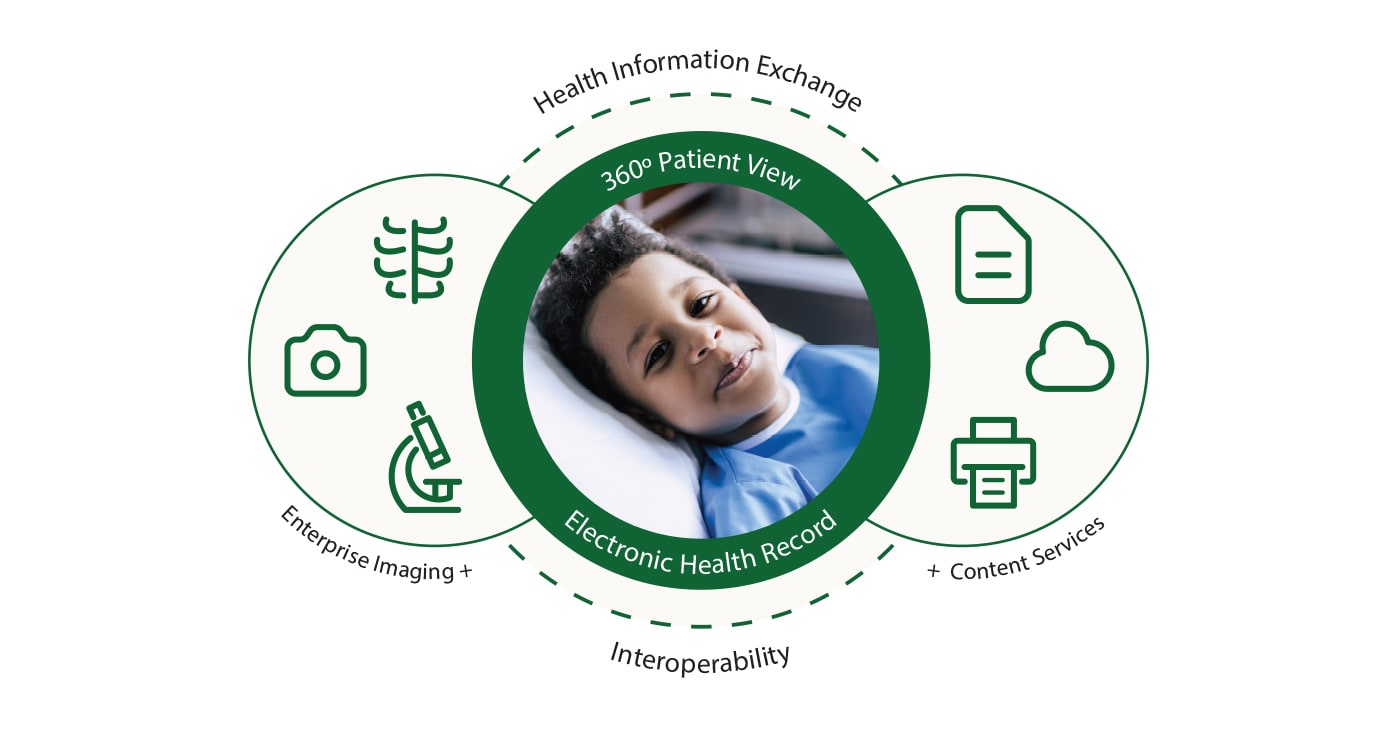Healthcare RCM: Optimize Earnings Cycle Management for Better Results
A Comprehensive Guide on Exactly How Healthcare RCM Functions to Streamline Payment and Collections
Browsing the intricacies of medical care revenue cycle administration (RCM) is important for companies intending to enhance their billing and collections processes. The overview unpacks the ins and outs of RCM, from patient enrollment to balance dues administration, providing understandings right into maximizing each action. Incorporating sophisticated innovation and standard procedures can substantially lower case denials and accelerate settlement cycles. Yet, the real obstacle hinges on seamlessly combining these aspects to increase cash money circulation. As we check out the core parts and approaches that drive performance, one question continues to be: exactly how can health care entities ideal placement themselves to prosper economically in an ever-evolving industry?
Understanding Revenue Cycle Management
RCM is a crucial administrative function that encompasses the entire financial process of individual treatment, from the first visit setting to the final payment of the equilibrium. It is an intricate treatment made to determine, collect, and take care of the earnings from the solutions offered to people.
The RCM process begins when a patient timetables an appointment and expands through the patient's treatment trip, consisting of billing and collections. A vital goal is to lower the time between supplying a solution and receiving settlement, hence enhancing the organization's monetary wellness. RCM entails different functions such as person registration, insurance confirmation, fee capture, coding, claims entry, repayment posting, and managing denials and appeals.
Trick Parts of RCM
In the world of Income Cycle Administration (RCM), understanding its vital elements is fundamental to accomplishing economic efficiency within health care organizations. RCM is an extensive process that encompasses numerous stages, each crucial to guaranteeing efficient invoicing and collections. The key parts include person enrollment, insurance policy confirmation, fee capture, coding, insurance claim entry, settlement uploading, and balance due administration.


Once coded, insurance claims are sent to payers, where accuracy is vital to avoid rejections or delays - Healthcare RCM. Settlement publishing entails taping the obtained repayments, which enables the settlement of accounts. Last but not least, receivables management concentrates on monitoring and resolving overdue cases, guaranteeing prompt follow-up and resolution
Each component of RCM is interconnected, and ineffectiveness in any type of part can disrupt the entire cycle. Consequently, understanding these elements is necessary for healthcare companies to optimize profits and boost their financial wellness.
Strategies for Effective Billing

Standardizing invoicing treatments across the company is an additional essential method. Developing clear standards for documentation, coding, and entry assists preserve uniformity and conformity with regulatory needs. Educating staff consistently on these treatments makes certain every person is up-to-date with the current adjustments in billing codes and payer plans.
Accurate fee capture is essential in stopping earnings leakage. Carrying out routine audits and tracking systems enables the recognition and improvement of disparities prior to they affect income. In addition, maintaining open lines of interaction with payers aids to quickly resolve any disputes or misconceptions that may arise.

Last but not least, interesting patients early in the payment procedure by offering clear quotes and educational products concerning their monetary obligations can considerably minimize complication and improve payment timeliness. These strategies jointly add to a more reliable and economically healthy payment system.
Enhancing Collections Procedures
Provided the intricacies of medical invoicing and the selection of payer needs, improving the collections procedure involves applying tactical measures that ensure prompt and precise repayment of services made. Automation tools can aid in tracking insurance claim statuses, sending out timely reminders to patients, and handling rejections a lot more efficiently.
Training staff to understand the subtleties of insurance plans and payment codes is just as necessary. This understanding equips them to attend to payment inconsistencies promptly and interact effectively with clients concerning their monetary duties. Furthermore, clear and clear client communications are vital. Offering comprehensive explanations of fees and offering versatile payment plans can raise client contentment and timely repayments.
Regular audits of the collections procedure need to be conducted to recognize locations for renovation and ensure compliance with policies. By assessing information, health care have a peek at this site organizations can recognize trends, anticipate potential issues, and adapt approaches accordingly (Healthcare RCM). Eventually, a well-enhanced collections procedure not just sustains financial wellness yet likewise adds to an extra smooth experience for individuals and personnel alike
Optimizing Profits Streams
Structure upon the structure of a solid collections procedure, healthcare organizations can additionally bolster their financial stability by tactically enhancing profits streams. This includes a multi-faceted method, starting with a detailed analysis of existing earnings resources to identify inadequacies and areas for growth. Utilizing innovative data analytics devices allows companies to get understandings into payer mix, person demographics, and service use patterns, permitting data-driven choices that enhance profits capture.
Executing automated payment systems can significantly minimize mistakes and accelerate cases refining, making sure that profits is collected much more effectively. Furthermore, maximizing payer agreements via routine settlements can boost reimbursement rates and terms, straight affecting the bottom line. Diversifying service offerings, such as including telehealth or health programs, can additionally bring in a wider client base, hence raising income potential.
Another crucial component is boosting client engagement and contentment, as completely satisfied people are more probable to stick to treatment strategies and make prompt repayments. Using adaptable settlement alternatives and clear billing techniques can enhance collections and foster client loyalty. Healthcare RCM. By adopting these strategies, healthcare organizations can develop a much more resistant financial framework, ensuring continual development and stability in an ever-changing market landscape
Final Thought
Finally, medical care Income Cycle Management (RCM) plays a critical duty in maximizing payment and collections processes by incorporating vital parts such as patient enrollment, insurance policy verification, charge capture, coding, claims entry, and accounts receivable monitoring. By employing sophisticated modern technology, standardizing procedures, and fostering individual involvement, health care providers can significantly decrease insurance claim denials, speed up payment cycles, and boost money circulation. This comprehensive strategy to RCM ultimately leads to boosted economic effectiveness and sustainability for healthcare organizations.
The RCM procedure starts when an individual schedules a visit and prolongs via the person's care trip, consisting of invoicing and collections.An additional vital part is boosting person engagement and complete satisfaction, as satisfied patients visit this site are much more likely to stick to treatment strategies and make prompt payments. Offering versatile settlement choices and transparent payment techniques can enhance collections and foster individual loyalty.In dig this conclusion, medical care Revenue Cycle Monitoring (RCM) plays a crucial duty in enhancing billing and collections processes by incorporating essential components such as patient registration, insurance coverage verification, fee capture, coding, declares entry, and accounts receivable monitoring. By utilizing innovative technology, standardizing treatments, and cultivating individual interaction, health care suppliers can considerably lower insurance claim rejections, increase settlement cycles, and improve cash money circulation.